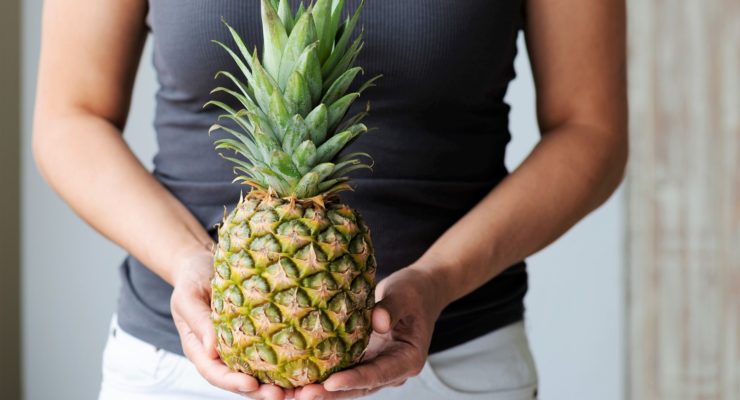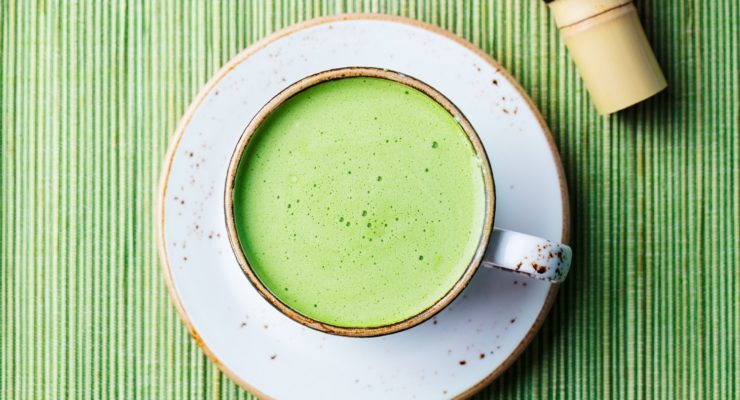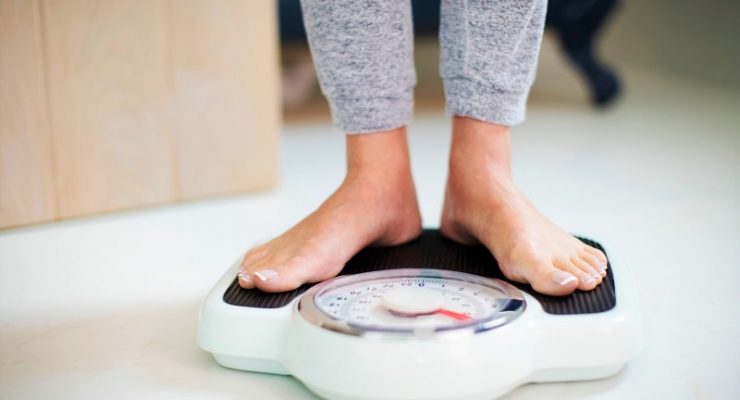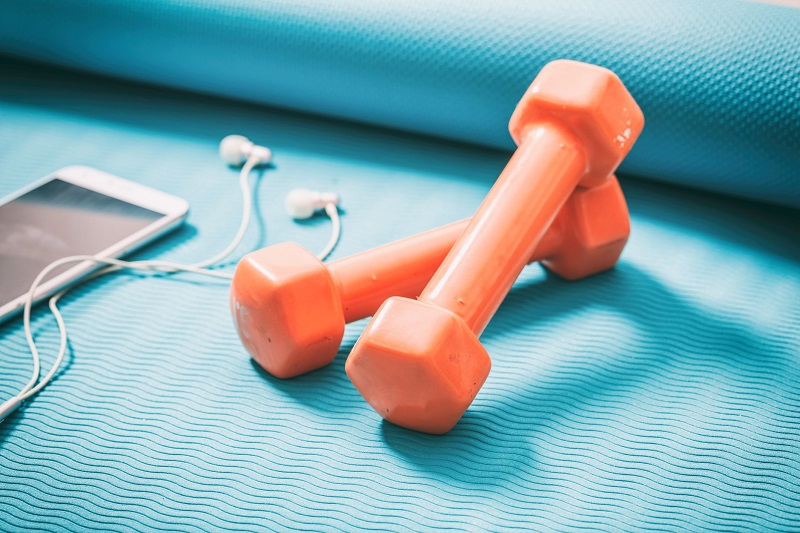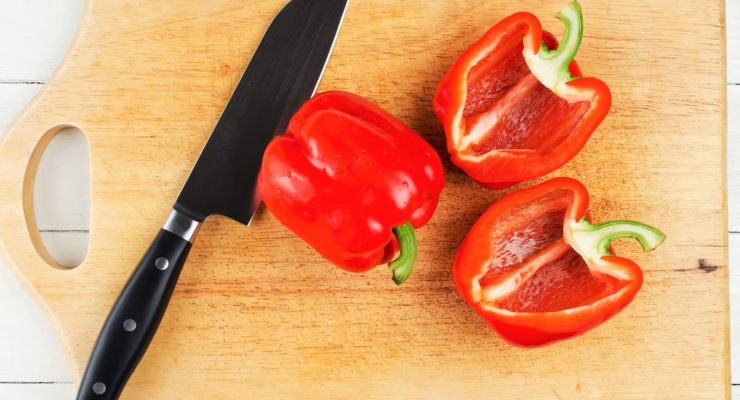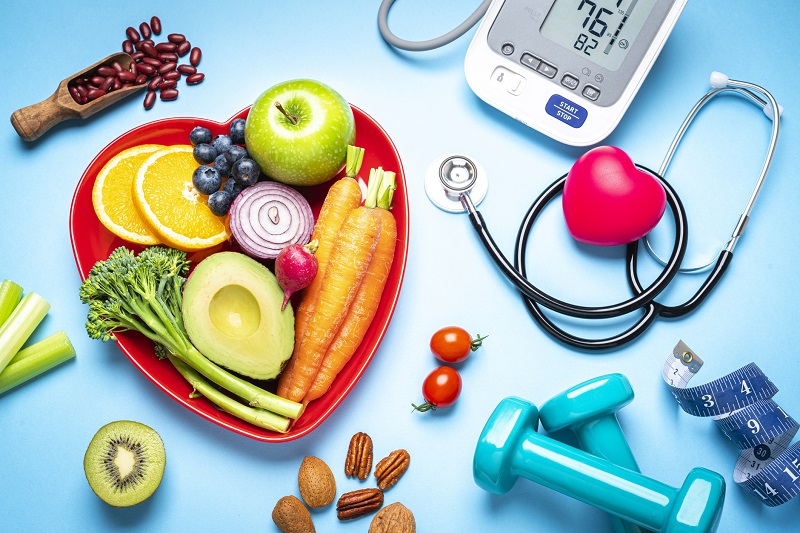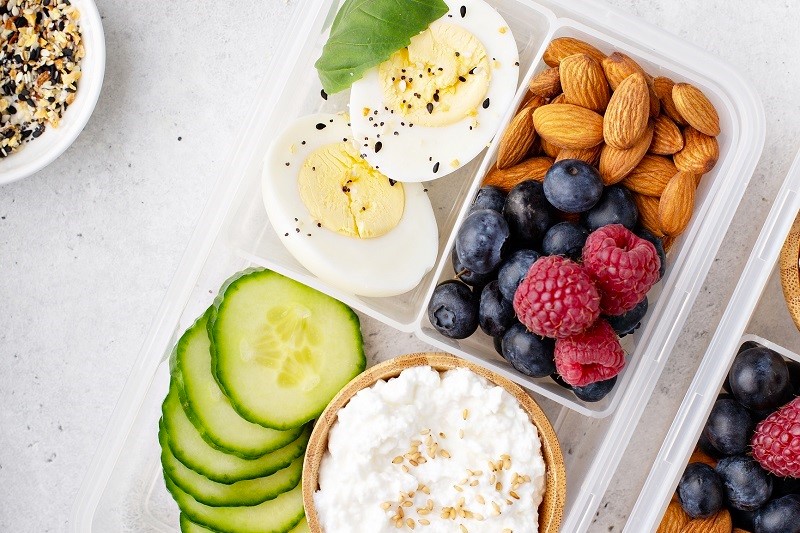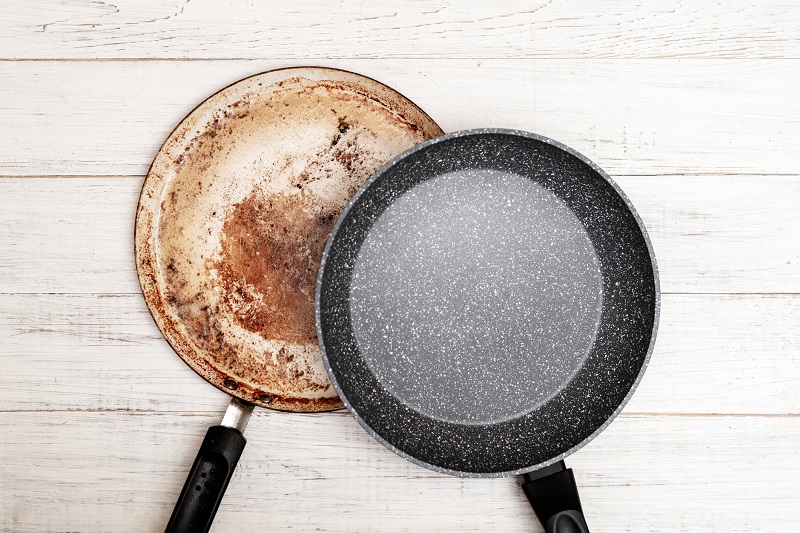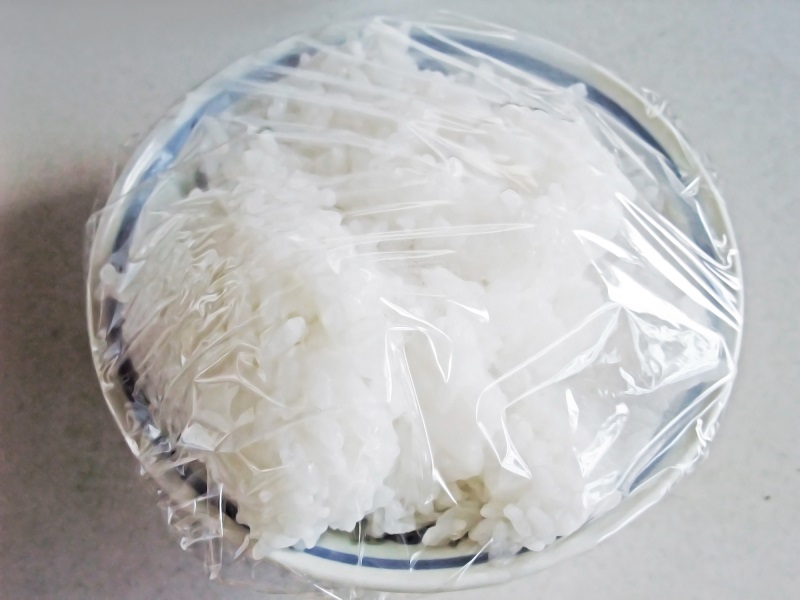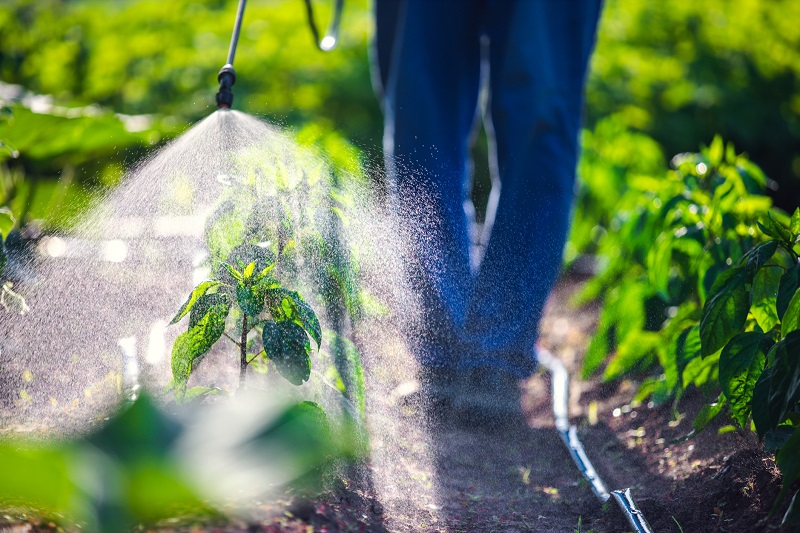10 Foods for Better Gut Health
The health of your gut may not be top of mind when planning your meals and choosing foods, but here’s why it should be: According to experts at the Pennsylvania Academy of Nutrition and Dietetics, “Your gut microbiome plays a major role in your overall health.” Your digestive system houses trillions of microscopic critters—mostly bacteria but also fungi, viruses and other microorganisms.
While this may not sound like a good thing, the majority of the bacteria living in your gut are actually beneficial to your health. Their presence may even help to decrease your risk of chronic diseases. “Keeping a healthy balance of good bacteria within your gut helps to decrease your risk of heart disease, cancer, diabetes, obesity, anxiety, depression, and autoimmune diseases,” says the Pennsylvania Academy of Nutrition and Dietetics.
Learn more about the importance of gut health and how it can impact weight loss at the link below:
The key to a healthy microbiome is to maintain the right balance of bacteria in your gut. What you eat is directly correlated with this balance, as well as your health. To promote good gut health, you need a combination of pre- and probiotics in your healthy meal plan.
You’ve likely already heard of probiotics—these are foods that are typically fermented and actually contain live microorganisms. They are used to promote good bacteria balance. On the other hand, prebiotics act as food for the bacteria in your gut. They are generally fiber-rich ingredients that help maintain and stimulate the growth of healthy bacteria that are already in your gut.
Before you scour supermarket shelves for strange ingredients that contain pre- and probiotics, check your fridge and pantry. Some common foods that you probably already have on hand are beneficial for gut health. Here are 10 foods that can help keep your gut healthy and weight loss on track:
1. Yogurt

It’s the go-to for gut health for good reason: It’s rich in probiotics. According to The American Journal of Clinical Nutrition, yogurt is created when the lactic acid in milk goes through a fermentation process. Heat processing can destroy active probiotic cultures and enzymes, so look for ‘live’ or ‘active’ cultures on the label.
Choose a brand of yogurt with the lowest amount of added sugar. Eat it plain, toss in a few berries or try one of these parfait recipes perfect for every palate! >
2. Oats

These whole grains are loaded with prebiotic fiber that helps to promote the growth of healthy gut bacteria. The type of fiber found in oats has also been shown to slow digestion, suppressing appetite and helping you feel fuller for longer.
Prep a power breakfast with overnight oats, satisfy a sweet tooth with an Oatmeal Raisin Cookie Shake or try your hand at morning zoats! (Never heard of them? This is one breakfast trend you don’t want to miss. Learn all about it here! >)
3. Raspberries

Raspberries provide prebiotics to help nourish your gut microbes. However, these bright pink fruits are also low in calories, high in fiber (8 grams per cup) and loaded with potent antioxidants.
Raspberries are delicious fresh but just as healthy frozen. Toss them into your yogurt, oatmeal or cereal; blend them into a smoothie (try this Raspberry Almond Smoothie recipe); or make this tangy Raspberry Chia Jam to spread on your Nutrisystem Honey Wheat Bagel.
4. Sauerkraut

The literal translation of sauerkraut is “sour cabbage.” It’s made from cabbage and salt, and the fermentation process creates probiotics. In fact, sauerkraut is one of the richest sources of probiotics. Plus, cabbage is packed with bone-building vitamin C and vitamin K.
Pair sauerkraut with sausage in this simple, one pan dish or give a childhood favorite an adult spin with tomato and sauerkraut on a grilled cheese sandwich.
5. Bananas

Rich in vitamins, minerals and fiber, bananas also contain inulin—a type of soluble fiber that helps good bacteria grow. And if you like your bananas on the not-so-ripe side, your gut is in luck: green bananas are high in resistant starch, a type of indigestible fiber that feeds the microbes in your gut.
Sure, you can just peel and eat ’em. However, if you’re looking for some creative ways to enjoy this versatile fruit, here are 10 banana recipes you’ll go, well, bananas for! >
6. Garlic and Onions

You know they add flavor and nutrients to your dishes, but what you may not realize is that both garlic and onions contain the prebiotic inulin that promotes helpful bacteria in your gut. This makes them wonderful and delicious foods for gut health!
Read more about the greatness of garlic here, then check out how to cut an onion—without crying.
7. Cottage Cheese

You taste buds love it mixed with fresh fruits, your bones appreciate the extra dose of calcium and your gut is thankful for the probiotics it delivers. (Doublecheck food labels to make sure it says live or active cultures—code for probiotics.)
Every try cottage cheese in a pita? Check out this light sandwich that’s perfect for lunch. But if cottage cheese is not your thing, no worries: some aged cheeses provide probiotics as well, such as Swiss, cheddar and Gouda. Just stick to proper portions to keep your weight loss on track.
8. Asparagus

It serves as a beautiful side to your chicken or salmon, provides good-for-you nutrients and contains the prebiotic inulin to help boost gut health. One cup only contains around 27 calories. Here are six fresh recipes starring these fancy green spears! >
9. Jerusalem Artichoke

Totally different than the green, globe artichokes you may be more familiar with, these Jerusalem artichokes—also known as sunchokes—are a root vegetable that come from the sunflower family.
If you are lucky enough to see them in your grocery store, give them a try: they are super rich in fiber and loaded with inulin to help feed your gut. Sunchokes can be eaten raw or cooked.
10. Green Tea

From cancer prevention to weight loss benefits, there are so many reasons to drink green tea. Research out of Ohio State University has also found evidence that green tea promotes gut health. “This study provides evidence that green tea encourages the growth of good gut bacteria, and that leads to a series of benefits that significantly lower the risk of obesity,” says the study’s lead author.
The post 10 Foods for Better Gut Health appeared first on The Leaf.
from The Leaf https://leaf.nutrisystem.com/foods-for-better-gut-health/




